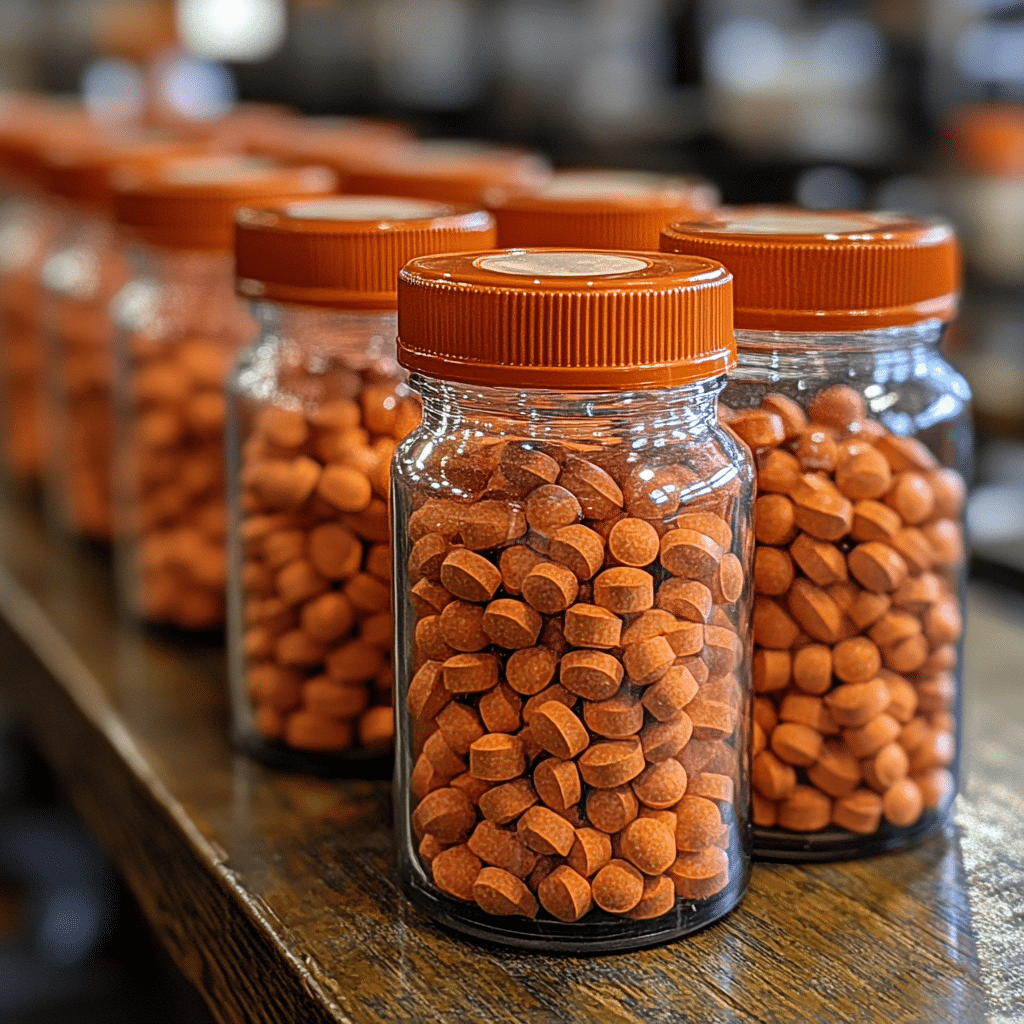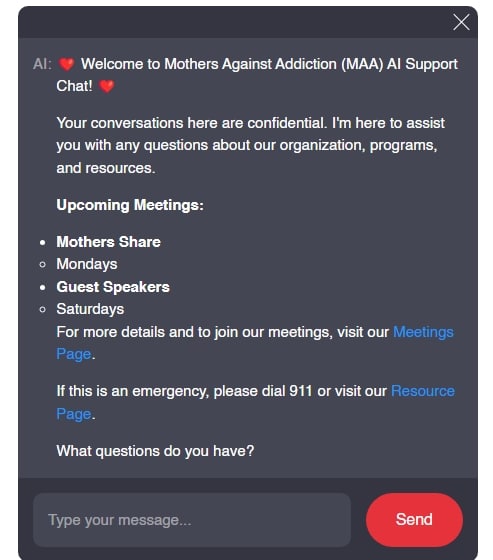Understanding the Prescription Drug Monitoring Program
The Prescription Drug Monitoring Program (PDMP) is a critical state-operated database designed to track every prescription and dispensing of controlled substances. Every state in the U.S. has embraced PDMPs, driven by a shared goal to curb prescription drug misuse and halt the surge of overdose deaths. For parents and families dealing with addiction, understanding how these programs work is essential. Just consider the heartbreaking statistic: more than 70,000 lives were lost to drug overdoses in 2021 alone. PDMPs offer a glimmer of hope, as they can potentially save countless lives by reducing substance misuse.
From opioids to benzodiazepines, these programs play a pivotal role in keeping tabs on prescriptions. By providing healthcare providers with essential information on patients’ prescription histories, PDMPs promote safer prescribing practices. They help ensure that dangerous medications aren’t given carelessly, fostering a safer environment for families who are already dealing with addiction struggles.
Among other initiatives, programs like the Cherokee Dispensary prioritize responsible medication management. By emphasizing education and communication with patients, these dispensaries actively contribute to the fight against prescription drug abuse. The truth is, when healthcare professionals engage and inform patients, they can make a significant difference in prevention efforts.

Top 5 Ways Prescription Drug Monitoring Programs Save Lives
Monitoring prescriptions helps healthcare providers spot potential abuse patterns. In New York, a state that adopted its PDMP with enthusiasm, the result was a remarkable 30% reduction in opioid prescriptions. That’s impressive! This reduction means medications are being prescribed with care, mitigating risks tied to overprescribing and potential addiction.
The reports generated by PDMPs empower healthcare providers to better educate patients about the risks associated with certain medications. For example, at the Cherokee Dispensary, pharmacists tap into PDMP data to counsel patients on the safe use of medications. Since implementing this approach, they’ve reportedly seen a significant decline in the frequency of prescription misuse.
One of the most powerful features of PDMPs is that they allow for early identification of potential misuse. In Minnesota, healthcare systems have successfully leveraged PDMP data to direct at-risk patients toward substance use treatment programs. This strategic intervention has shown promising results, contributing to a 15% reduction in relapse rates among individuals undergoing treatment. Imagine the lives that could be transformed through timely support!
PDMPs foster collaboration among healthcare professionals. A study from Ohio revealed that when providers shared prescription data, their ability to monitor patients improved markedly. Doctor-shopping for prescriptions became less common, leading to an outstanding 40% increase in treatment referrals for those identified as being at risk of misuse. This collaborative approach is critical for creating pathways to recovery for those struggling with addiction.
Success stories from states like Massachusetts showcase how strong legislative backing for PDMPs can unite community stakeholders and healthcare professionals in addressing addiction. This collective effort harbors an environment of openness and responsiveness, leading to life-saving preventative measures. It’s heartening to see communities rallying together in the fight against the staggering toll of addiction.
Challenges Facing Prescription Drug Monitoring Programs
While the potential benefits of PDMPs are tremendous, several hurdles need attention. Many states struggle with inconsistent utilization among healthcare providers. Often, these programs lack integration with electronic health records (EHR), creating a fragmented system that can hinder the effectiveness of PDMPs. This incongruity is concerning—not all healthcare providers are on the same page, and critical data can slip through the cracks.
Moreover, patients can exploit the system by consulting multiple providers without their knowledge. Engaging in educational outreach is essential to combatting these issues. If all parties involved—providers, patients, and caregivers—understood the importance of PDMPs, the synergy could lead to greater success in curbing misuse.
Furthermore, societal stigma surrounding addiction remains a barrier. For parents, it’s crucial to advocate for an open dialogue about the realities of addiction and how tools like PDMPs can aid in reducing risks. It’s a tough battle, but shining light on these challenges is the first step toward meaningful change.

The Future of PDMPs: Innovations on the Horizon
Innovative technologies are paving the way for the next generation of PDMPs. For one, integrating artificial intelligence could empower healthcare providers to anticipate potential misuse before it occurs. Imagine being able to identify high-risk behaviors early. Additionally, expanding partnerships with community organizations and recovery advocates is necessary to strengthen engagement and education surrounding responsible medication use.
Next, consider the potential impact of automated data sharing across state lines. This could bolster the effectiveness of PDMPs significantly, making it more challenging for individuals to exploit the system. The more connected the programs, the further we can go toward reducing substance misuse and associated tragedies.
As these innovations come into play, the potential to save lives increases exponentially. But for this shift to happen, community involvement is crucial. Parents, caregivers, and advocates must play an active role in this movement. Together, we can envision a future where the foundation laid by PDMPs blossoms into greater recovery opportunities.
A Call to Action for Parents and Caregivers
For those dealing with loved ones struggling with addiction, understanding the power of the prescription drug monitoring program is critical. This knowledge isn’t just informative; it’s empowering. Become advocates for PDMPs in your community—this is a proactive step toward saving lives. Encourage open conversations about the risks of prescription drug use, and support initiatives that promote responsible medication practices.
Engaging with local pharmacies like Cherokee Dispensary can provide valuable insights and resources. By immersing ourselves in our communities and collaborating with healthcare professionals, we can unravel the stigma surrounding addiction and embrace a culture of support and understanding.
It’s time to take action. By leveraging the tools at our disposal and participating in community dialogues, we can create an environment where prescription drug misuse is effectively managed. Together, we can forge a healthier future for families and communities. Resilience and compassion can be the heart of our fight against addiction—let’s stand united to save lives today.
Prescription Drug Monitoring Program: Saving Lives Every Day
An Overview
Did you know the prescription drug monitoring program (PDMP) was created to help combat the growing crisis of addiction? This initiative helps healthcare providers track prescriptions and identify potential misuse or abuse. By monitoring these prescriptions, states aim to eventually lower the staggering number of overdoses. Interestingly, just as tropical storms can gain strength and wreak havoc, addiction can morph into a life-threatening situation if not addressed early.
Trivia Tidbits
Let’s break it down with some fun facts. For example, the term “fetus” plays a role in increasing awareness about the effects of substance use during pregnancy. When parents turn to prescription medications, understanding these implications can save lives. On the flip side, the prescription drug monitoring program aims to pinpoint risky prescription habits that could lead to subsequent addiction in both parents and their children. It’s like riding a one wheel scooter—balance is crucial, and one misstep can lead to a fall.
Backing It Up
Additionally, the PDMP is changing the way we approach treatment. Researchers are now exploring effective medications like naltrexone, which many professionals are starting to prescribe. Knowing about What Is naltrexone can greatly improve therapy outcomes, offering hope to those struggling with addiction. Moreover, these efforts have led to a significant decrease in misuse diagnoses, which are often captured under Icd codes, highlighting potential areas for improvement in healthcare responses.
The Big Picture
Finally, the impact of the prescription drug monitoring program is felt all around. Like a well-timed pop song by Khalid, its influence sets a rhythm for healthier communities. It’s a reminder that keeping track of prescriptions isn’t just about numbers—it’s about lives saved. So as we navigate these waters, remember that every step taken towards better monitoring is a step towards a healthier future. With ongoing efforts, we can turn out and bring attention to critical issues, similar to the uplifting joy found in quirky items like anime Plushies, which remind us that recovery can come with joy and comfort.





























